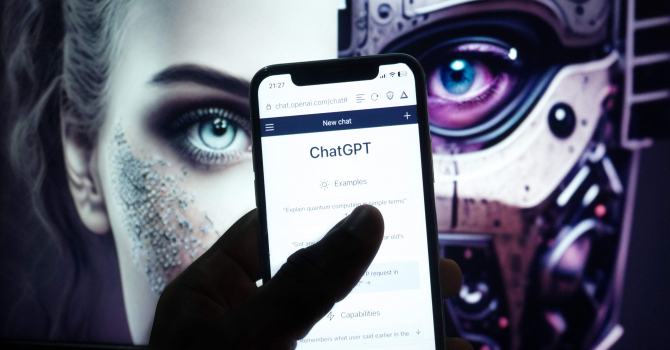In the rapidly evolving landscape of artificial intelligence (AI), governments worldwide are grappling with a critical challenge. AI’s capabilities have expanded at an astonishing pace, edging closer to Artificial General Intelligence (AGI) and, potentially, superintelligence. This evolution is not a distant future scenario but an impending reality, with the timeline for AGI dramatically shortened from decades to potentially just a few years.
The Accelerated March Toward AGI
Recent developments in AI, particularly technologies like ChatGPT-4, signal the emergence of AGI. These advancements have surpassed human intelligence in numerous tasks, offering a glimpse of the potential and power of superintelligence. From agile robots navigating complex terrains to deeply convincing deepfakes blurring the lines of reality, the capabilities of AI are not just expanding — they are leaping.
The Turing Test and Beyond
Large language models have reached milestones once thought distant, with some now passing the Turing test and boasting detailed world representations. This progress challenges our very notion of what’s real and possible. However, as we stand on the cusp of AGI and superintelligence, the excitement is tempered by a growing realisation of the existential risks involved.
Voicing Concerns and Quantifying Risks
Notable figures and institutions have raised alarms about the potential for human extinction, a scenario where AI’s capabilities could spiral out of control. The risks are not just being discussed; they are being quantified and acknowledged widely. The urgency to address these concerns has never been greater.
The Shift from Development to Safety
The focus must pivot from merely developing superintelligence to ensuring AI safety. Current approaches, such as evaluations and debugging, fall short in the face of the complexity and potential of AI. Advocates are calling for provably safe systems — those that even superintelligences cannot exploit. This involves formal verification and advanced programming synthesis, aiming to create tools and algorithms that adhere to rigorous safety specifications. These systems must be verified through methods that are both reliable and understandable.
The Vision for a Safe AI Future
The goal is clear: to develop AI that benefits humanity without crossing into the perilous territory of unchecked superintelligence. This vision includes tools and algorithms that meet stringent safety standards, verified and understood by experts and laypersons alike. Until these safety measures are in place, a pause in the race toward superintelligence is not just wise — it’s imperative.
The Path Forward
Governments and regulatory bodies face a daunting task. They must navigate a landscape where AI’s potential for benefit is as vast as its potential for harm. Effective regulation, collaborative research, and a global commitment to safety are essential. The journey toward AGI and beyond can continue, but only with a roadmap that prioritises humanity’s safety and well-being.
Embracing AI’s Benefits Responsibly
Even as we tread carefully toward superintelligence, AI continues to offer immense benefits across sectors. From healthcare and education to environmental protection and beyond, AI can drive innovation and progress. The key is to harness these benefits while steadfastly guarding against the risks.
In conclusion, as we stand at this critical juncture, the collective focus must be on creating a future where AI serves as a force for good, guided by principles of safety, ethics, and global cooperation. The race toward superintelligence must not be a sprint but a measured journey, ensuring that as AI’s capabilities grow, so too does our ability to control and direct them for the betterment of all.



